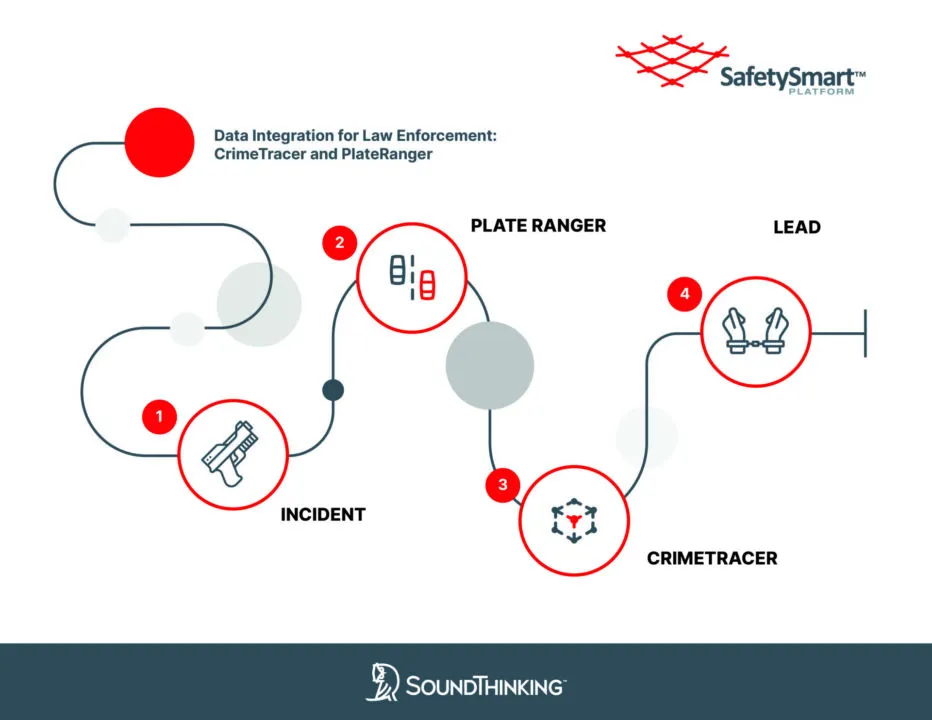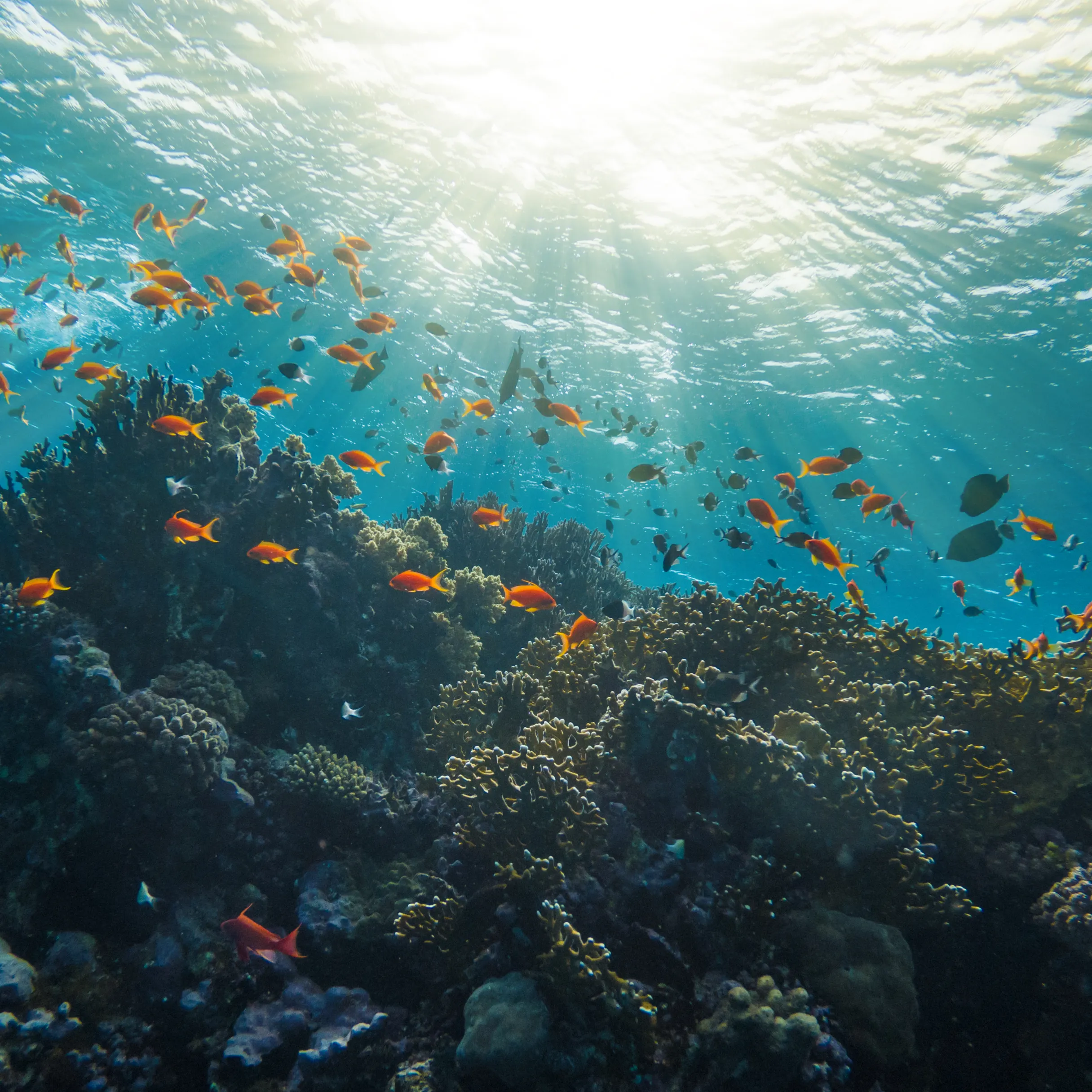In the turquoise waters of Southeast Asia’s Coral Triangle, a silent war is raging. Not one of politics or territory, but of destruction — one bomb at a time. Ruthless and illegal fish bombing operations, often carried out by organized gangs or foreign crews, are devastating coral reefs, displacing local communities, and pushing marine ecosystems to the brink. But now the question is, how to stop fish blasting? Is it possible?
Hope is rising from the deep.
Our GoFundMe campaign is raising funds to launch the first-ever cluster of mobile fish bomb detectors. And they work. In fact, in the reefs where these sensors are already installed, bombings have dropped by 85%. The very presence of this technology — and the message it sends to perpetrators — is reshaping the balance of power in reef protection.
From Fixed Defenses to Mobile Shields
Until now, our success has relied on fixed sensors anchored in sensitive marine areas. But the bombers have grown bolder. Armed with motherships and fleets of dayboats, they now operate on an industrial scale, launching hundreds of bombs daily. Villages are overwhelmed. Local fisheries, once the lifeblood of these communities, are plundered.
The most vulnerable — like the Bajau Laut, a stateless seafaring people with no government to defend them — suffer in silence.
This is where the pivot to mobile detection clusters becomes revolutionary. These devices can move stealthily, making it impossible for bombers to know when or where they’ll be detected. Their range — up to 30 kilometers — ensures that no destructive act goes unnoticed.
Empowerment Through Engagement
But technology alone isn’t enough. This fight must be won in the hearts of the communities.
We are building a movement that engages local people directly. When bombs detonate, real-time alerts go out to villages. Children are introduced to the technology through hands-on outreach programs. Fishermen receive updates about bomb activity near their waters. By placing detectors on Bajau Laut piers and boats, we are making a clear statement: we are watching, we are listening, and we are fighting back.
This initiative is restoring more than just reefs. It’s restoring hope.
Turning the Tide
The success of our efforts has caught the attention of neighboring nations. There is a growing belief that our Blue Boat technology could become the foundation of a regional defense network against fish bombing — one that stretches across the Coral Triangle.
This is not just a conservation effort. It’s a humanitarian mission, a technological innovation, and a movement of empowerment all in one.
Watch the Story Unfold
To understand the urgency and impact of this work, we invite you to watch a powerful short film featuring Terence and the Bajau Laut community.
Join the Fight
We can’t do this without your help. Your support will bring mobile detection clusters to life and give voice to communities that have long been silenced by fear. Together, we can protect our oceans, defend the defenseless, and create a legacy of resilience and restoration.





